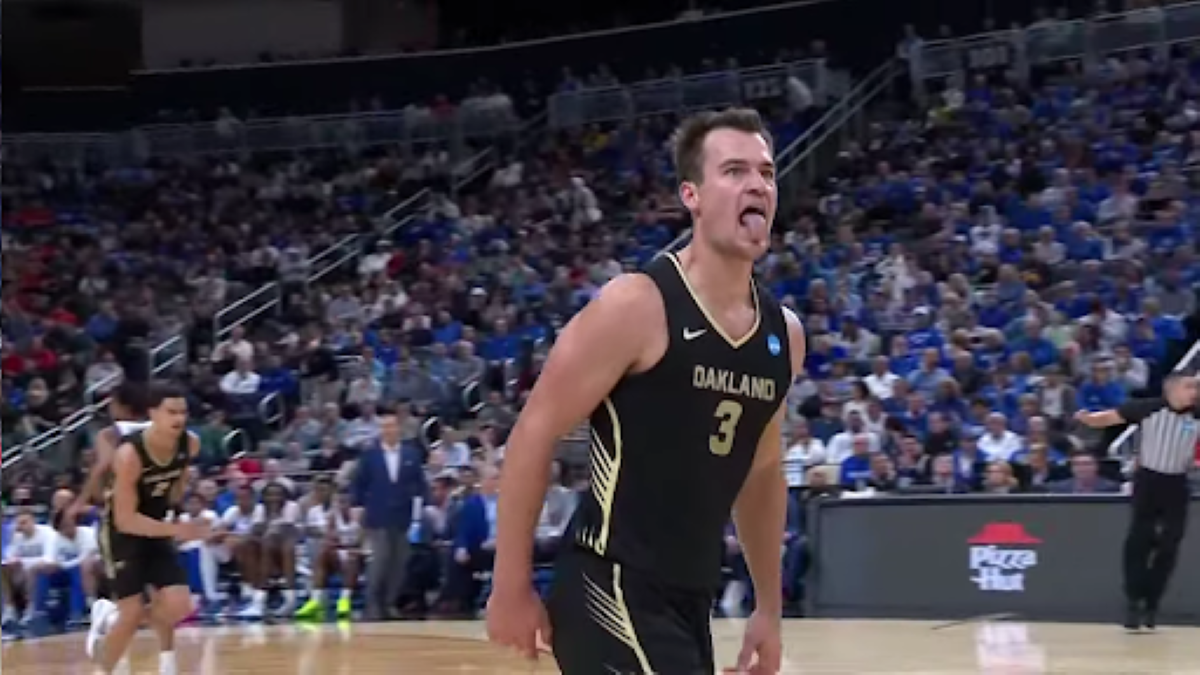
Critiquing the NFL has become its own sport recently. Falling ratings, national anthem controversies, domestic violence issues, and a poor product have combined to eat up countless column inches in a manner not dissimilar to the constant, exhausting ESPN discussions of late.
The NFL can and will survive these problems. Fans will get past them or the NFL, even a diminished NFL, will adjust accordingly. But the NFL has yet to address the one issue that could be its and the sport’s downfall: The brain repeatedly striking the skull, every play of every game and practice, eventually leading to chronic traumatic encephalopathy (CTE).
The Connections Between Football and Brain Injury
CTE occurs when tau proteins build up in the brain, strangling healthy cells. In the movie “Concussion,” Will Smith’s character describes it like “pouring concrete down plumbing pipes.” Symptoms of CTE include aggression, depression, memory loss, and eventually dementia. So far, CTE can only be diagnosed post-mortem. Many athletes (or their families) have offered their brains to test for CTE after death. Recent high-profile diagnoses include Junior Seau and Ken Stabler.
Aaron Hernandez’s CTE diagnosis kicked off another round of discussions about the mental health of NFL players. CTE likely had little to do with Hernandez’s behavior; he had been a violent man since high school. The bigger issue is Hernandez’s relatively short football career. Hernandez only played about 40 games each in college and the NFL. At 27, his brain damage “was akin to that of players well into their 60s.” It adds to the notion that tackle football at just about every level can lead to degenerative issues.
The most common arguments regarding CTE, at least initially, revolved around excess padding and much, much bigger football players. Superior padding, like “safer” helmet technology, causes players to hit harder since they feel invincible. Combine that with how much NFL players have grown in strength and size over time and you’ve got an easily identifiable problem: too many hard hits that often lead to concussions.
These are convenient arguments, largely because they have convenient (if difficult to implement) solutions. The NFL can limit certain types of “dangerous” hits or the amount of full-contact practices. They look like they’re helping to address the head injury problem.
But the NFL can’t really address the major cause of CTE, because it’s an almost unsolvable physics problem: No one has found a way to stop the brain from slamming into the skull when a human body runs into a fleshy brick wall, even at low speeds. It’s these “subconcussive” hits, happening every single down, that lead to problems down the road. These hits happen, no matter the weight of the player or amount of padding. Or, as leading CTE researcher Bennet Omalu says, “There is no equipment that can prevent this kind of injury.”
It’s not just a football problem, but any contact sport. Hockey and soccer likely will face their own reckonings soon.
Efforts to Find Preventatives and Cures
The best hope so far to prevent CTE? Woodpeckers. Woodpeckers live a life not dissimilar to a lineman: they repeatedly hit a hard object. The woodpecker’s long tongue compresses the jugular vein, which keeps an extra bit of blood in the skull and provides just enough cushion to protect the brain. Researchers created a collar that performs a similar function.
Early testing with the collar on high school football players looks promising. Until someone develops a fool-proof prevention method, however, CTE victims will simply have to find symptom-management options. This currently includes alternative medicine, weed, and drugs like lithium. The most likely long-term treatment for CTE sufferers right now is billion-dollar payouts by the NFL (and potentially other leagues).
There’s also the chance that CTE isn’t necessarily trauma-related. A patient with Lou Gehrig’s Disease was found to have CTE, despite “no history of participation in contact sports or of head injury of any severity.” In addition, CTE testing involves a “tremendous selection bias.” Former players or family members who agreed to testing already suspected CTE. No one has undertaken a truly random study.
Yet until actual prevention or a CTE cure is realized, the sport of football will just have to acknowledge the risk of CTE (or rely on the “tremendous selection bias” in CTE testing proving the fear overblown). Judging by their reactions to the issue so far, I suspect NFL will continue to treat battered brains the same way they treat battered wives and girlfriends.
Parents, players, and viewers will have to decide whether to support a game proven to cause significant brain damage. Judging by falling youth and high school football participation, maybe they’re already deciding against it.
The latest revelation, the ability to test living patients for CTE, could be the game-changer. The ability to see in (relatively) real-time what football does to the brain could do irreparable damage to the sport, especially at the youth level. What parent who could see a child’s damaged brain following a junior high football season would let his or her kid keep playing?
The NFL will have to adjust to a shrinking talent pool or implement comprehensive changes to protect and treat the affected players. Or they can figure out a way to cure inertia.









